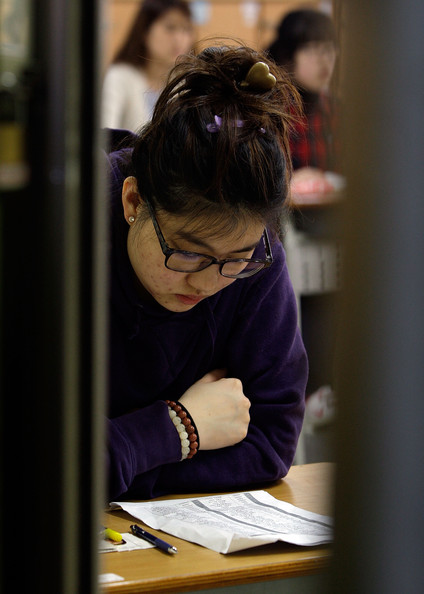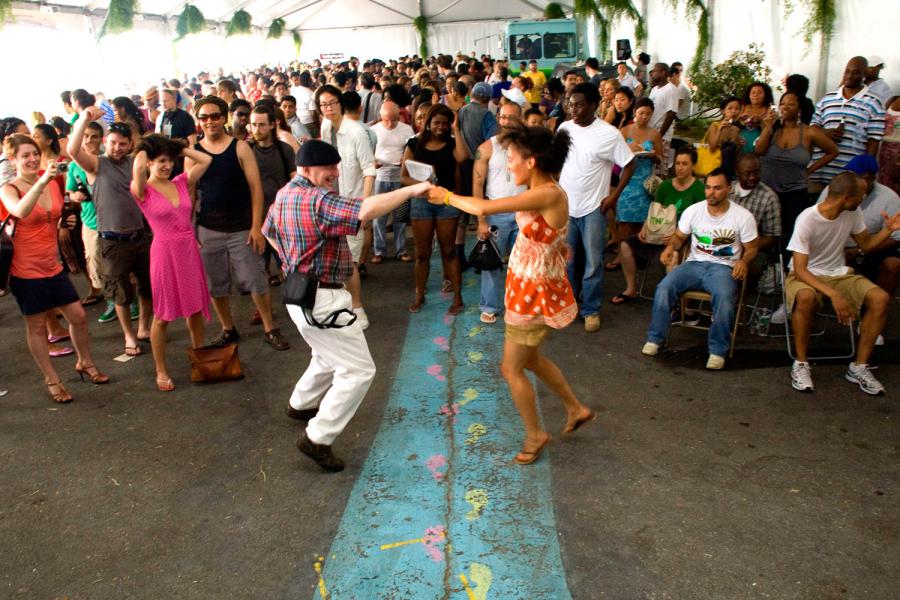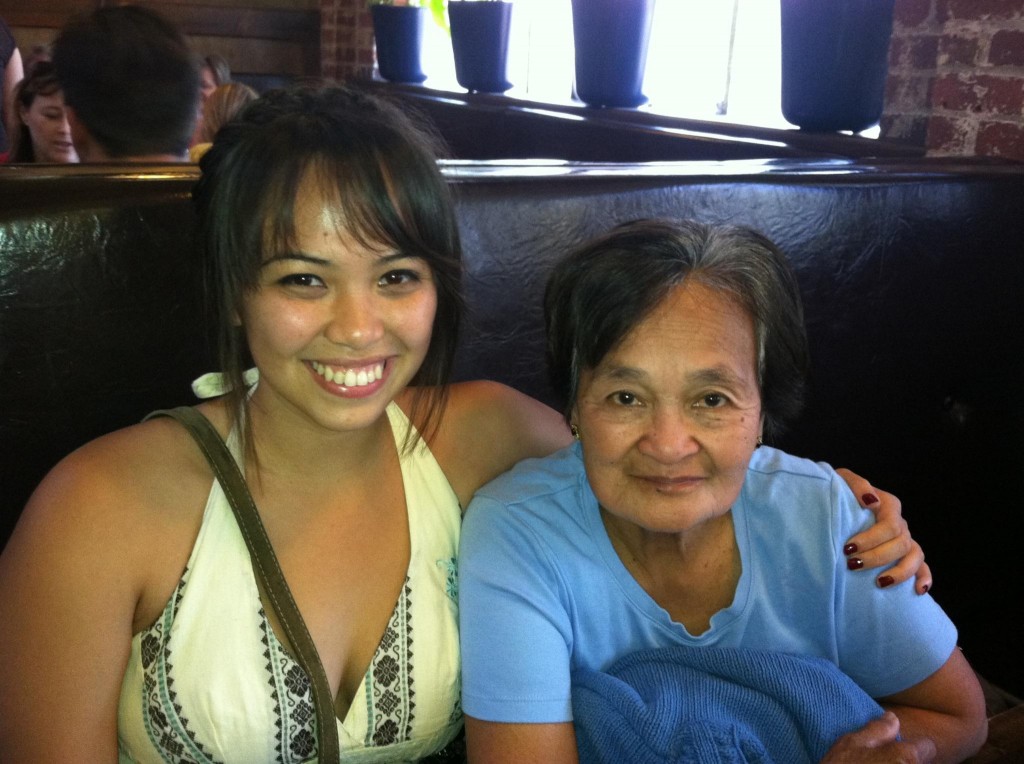“Where do you come from?!” a little girl confusedly asked me one day in the middle of class. “I come from Virginia, just like you.”
“But why do you look like you come from China?”
“My parents grew up in Asia, but I was born here in America. People like that are called Asian Americans.”
“That’s weird!”
As she pranced away, I thought about how this tiny preschooler had been alive no more than four years and already had the conception that only white people were from America. Granted, Charlottesville is largely a white city in Virginia, but there were still a good handful of Asian American, African American, and other ethnicities of children at the school as well.
While substitute teaching at different schools in the city, I regularly hear little white children spurt out all sorts of misguided questions and comments including: “Are you adopted?” and “Maybe you’re supposed to be in China or Japan where you belong.” Even more curious was a conversation I had with a half white and half Chinese American boy who told me he was born in the United States but was actually from China because his family went on a trip there for two weeks when he was a baby.
So what’s going on here? It is possible that these children’s parents are brazen racists indoctrinating their offspring with white supremacist dogma? Most likely not. I would argue that it has to do with microaggressions, defined by psychologist Derald Wing Sue as:
“... everyday insults, indignities and demeaning messages sent to people of color by well-intentioned people who are unaware of the hidden messages being sent to them."
The following are a few common microagressions heard on a regular basis along with alternative ways to avoid them.
1) Where do you come from?
Message: You couldn’t have lived in America your entire life and/or be an American citizen because of the way you look. Only white people are from America.
Alternatives: What is your ethnicity/ethnic background? What do you identify as?
The classic question possibly every non-white American loves to complain about. People who ask this are usually trying to get to know you a little better and don’t realize how it can be insulting. Any question asking about ethnic identity rather than country of origin is much more appropriate because it can be chosen to an extent by the individual, thus putting the power of identity in their hands instead of the asker’s.
2) Calling yourself a “Twinkie” (yellow on the outside, white on the inside)
Message: The American culture that you grew up with, all the things you love to watch, eat, and experience are not rightfully yours to claim as someone with Asian ancestry. The culture that made you who you are really belongs to “whiteness.”
Alternatives: Asian American, Pilipino American, multicultural, etc.
As a teenager I used to call myself a “Twinkie” all the time. Looking back, I realized that I associated being Asian with strange and foreign, and claiming “whiteness” made me more relatable to my friends. Even at the beginning of college I chose not to join the Fil-Am student organization for fear of being branded as an Asian girl who only hangs out with Asians. Calling myself a “Twinkie” was just a funny way to say that I was ashamed of my background and was ultimately disempowering.
3) Emphasizing that someone is Asian even though their ethnicity is completely irrelevant to what you're talking about
Message: White is normal and anyone who is different needs to identified as such.
Alternatives: Don’t do it. Be more aware of your descriptions of people.
I don’ t know how many times I’ve heard people say something like, “So I was talking to this Asian guy and he told me that a new burger place opened up nearby,” and then think to myself, “What does him being Asian have to do with anything?” If the person you were talking about were white, you’d most likely just refer to them as “that guy” since white people are often perceived to not have ethnicity. Pointing out someone’s ethnicity for no reason only further reinforces marginalized groups as not normal.
4) Just Asian without the American
Message: Asian Americans are considered perpetual foreigners who haven’t earned their American labels even as United States citizens.
Alternatives: Asian American, Pilipino American, etc.
I admit it may sound awkward tacking on “American” all the time, but it’s just something that takes getting used to. In fact, the term “African-American” only became popularized after Jesse Jackson held a news conference urging its usage in 1988. Today it would feel awkward calling someone simply “African” if they were a native-born citizen. The name Asian American acts as a unifying statement that demonstrates pride in Asian cultural heritage and American citizenship at the same time.
Is using these types of language outwardly racist? No. Do I think they reflect current race relations in America and have a role in imprinting certain prejudiced beliefs even on young children? Yes. These microagressions are one reason that Asian Americans are still not perceived as truly belonging despite being part of the United States since the 1850s. As a consequence, the Asian American community lacks presence in politics and popular media, and its level of cultural understanding barely goes beyond Kung Fu and geisha stereotypes. DeAngelis writes that psychological research on microaggressions suggest they may also “erode people’s mental health, job performance and the quality of social experience.”
If you happen to let these phrases slip from time to time, no one blames you. It’s just what we’ve all become used to hearing and saying. But next time, think about what your words really mean and use them in a way that embraces all backgrounds and the people in front of them.
Photo Credit: Buzzfeed-21 Racial Microagressions You Hear On A Daily Basis





